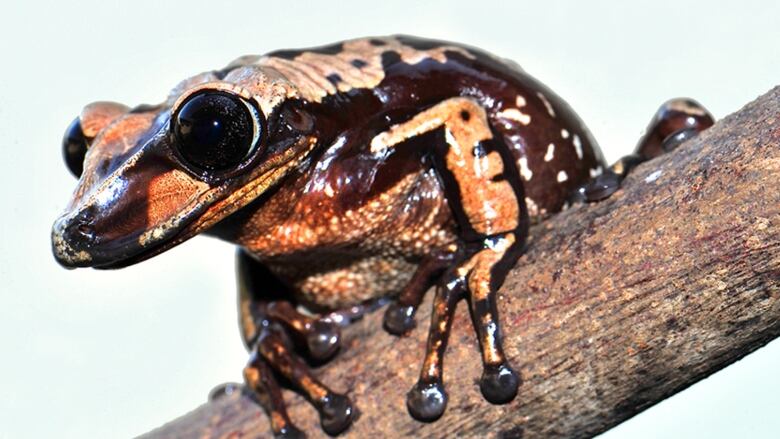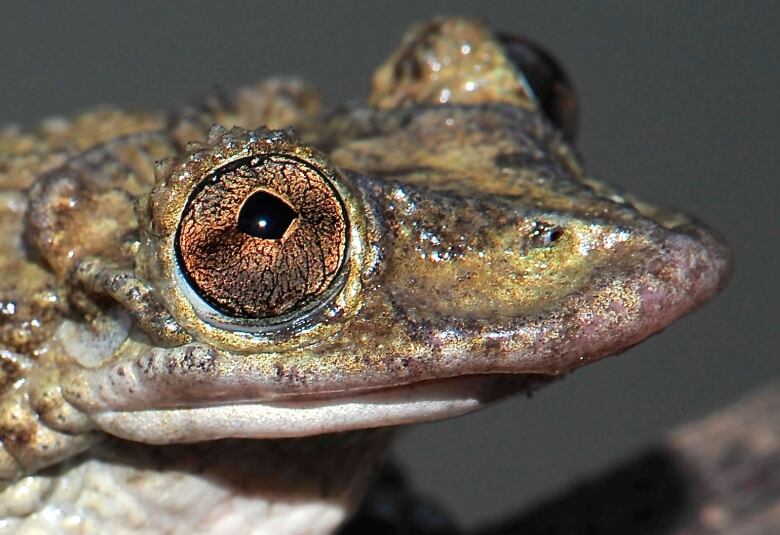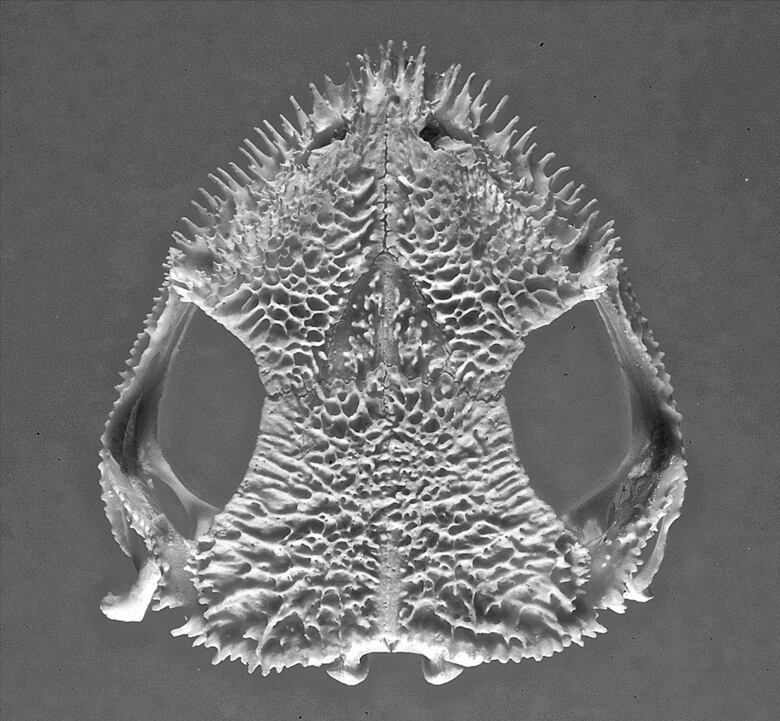Venomous frogs discovered during painful scientific mishap
Frogs head-butt enemies with their spines to inject toxic venom

A Brazilian scientist has made the painful, first-hand discovery of the first frog capable of injecting a toxic venom into potential predators.
Carlos Jared, a researcher at Instituto Butantan in Sao Paolo, was collecting frogs in a forest Goytacazes National Reserve in southeastern Brazil when one of them head-butted him, jabbing its spines into his hand.
That caused "intense pain radiating up the arm, lasting about five hours," Jared and several co-authors wrote in a paper published this week in the journal Current Biology.
That tipped him off to the fact that there was something unusual about the frog, called Greening's frog and known to science as Corythomantis greeningi.
-
Swimming pool converted to frog pond attracts 'wonderful creatures'
- Frog discovered in Costa Rico resembles kermit
While other frogs are known to have poisonous skin secretions, this is the first frog species proven to be venomous capable of injecting the poison into another animal.
It turns out that the venom produced by Greening's frog is twice as powerful as the venom of a deadly snake called the Brazilian pitviper.

It also turns out that Jared was lucky his team soon also discovered that a related spiny-headed frog called Bruno's casque-headed frog, known to science as Aparasphenodon brunoi, can inject a venom that is 25 times as powerful as pitviper venom. The researchers have calculated that a single gram of the frog venom could kill more than 300,000 mice or 80 humans.
However, Bruno's casque-headed frog has smaller spines than Greening's frog, and may not be able to inject as much venom at a time.
Neither frog is a new species, but not much had been known about either one.
Both venomous frogs deliver the venom in the same way when restrained by hand they release "a sticky secretion and flex the head, jabbing and rubbing the spines into the hand," the researchers wrote. In order to maximize this ability, the frogs can move their heads in ways that other frogs can't.

While this is thought to deliver only small amounts of venom and isn't as effective as delivering venom using fangs, the way a pit viper does, it should be "even more effective on the mouth lining of an attacking predator" than in the human hand.
In fact, the frogs have no known predators.
The researchers note that these aren't the only frogs with spines on their heads, but the skin secretions of other spiny-headed frogs haven't yet been tested to see how toxic they are.
"It is likely that venomous amphibians are more toxic and common than previously assumed," the researchers said.












_(720p).jpg)


 OFFICIAL HD MUSIC VIDEO.jpg)
.jpg)



























































































